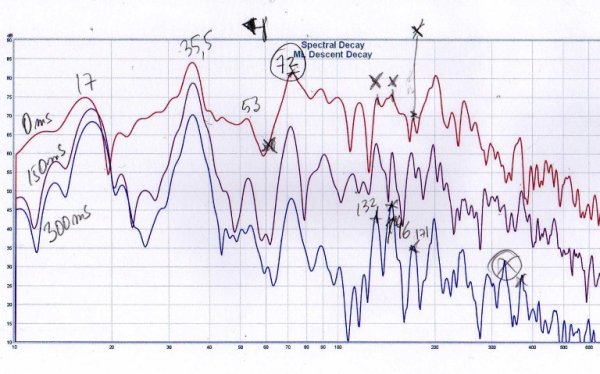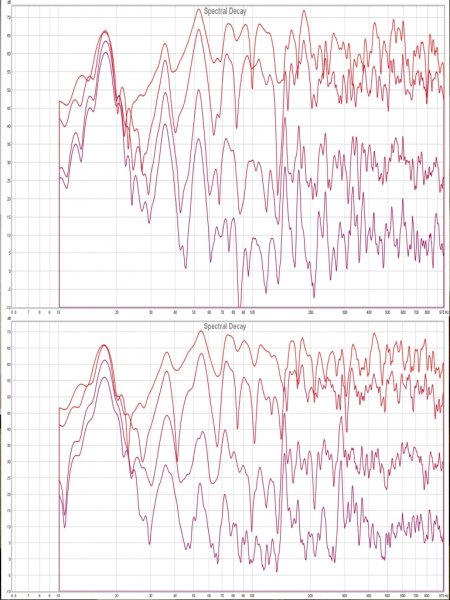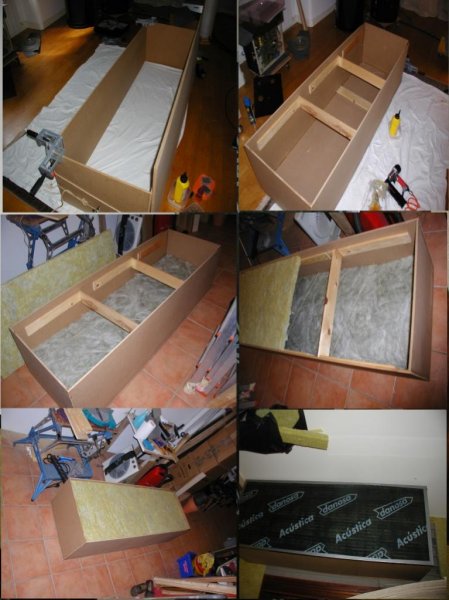Looking inside some old literature about membrane bass traps I found that they were the chosen way to control bass in some BBC studios.
Although they use a similar principle, hard diaphragmatic traps have a different performance - yes, I have read the Jeff excellent summary at:
http://www.audioholics.com/education/acoustics-principles/bass-trapping-ideas
Can our resident experts advise on pros and against of each of them? Is there any range of preferred frequencies for each type?
You can find links to the BBC papers in this page:
http://www.hifizine.com/2011/09/bass-integration-guide-part-2/
Although they use a similar principle, hard diaphragmatic traps have a different performance - yes, I have read the Jeff excellent summary at:
http://www.audioholics.com/education/acoustics-principles/bass-trapping-ideas
Can our resident experts advise on pros and against of each of them? Is there any range of preferred frequencies for each type?
You can find links to the BBC papers in this page:
http://www.hifizine.com/2011/09/bass-integration-guide-part-2/




